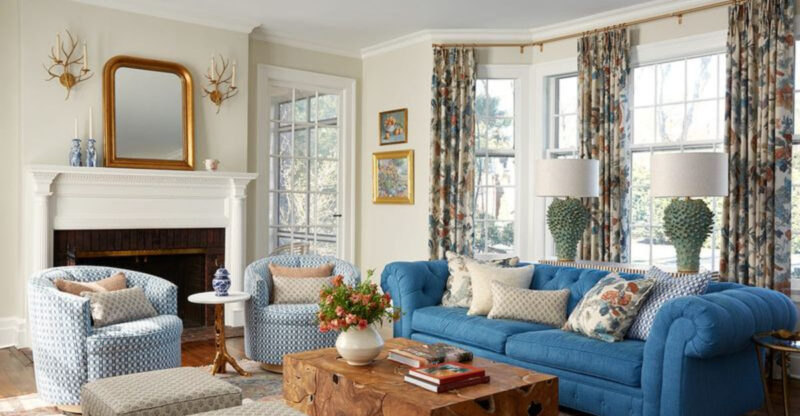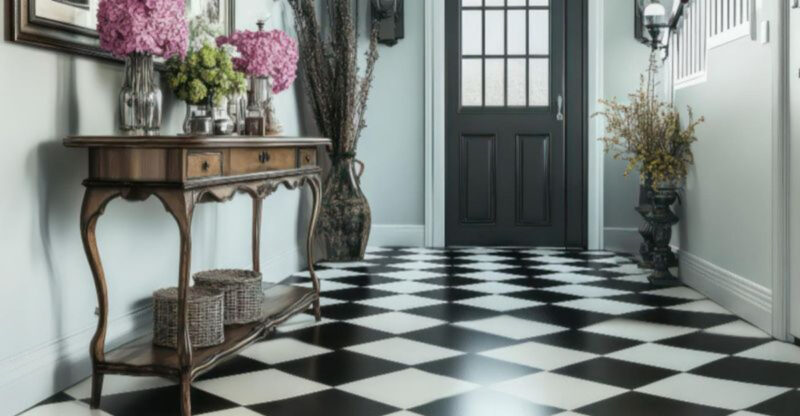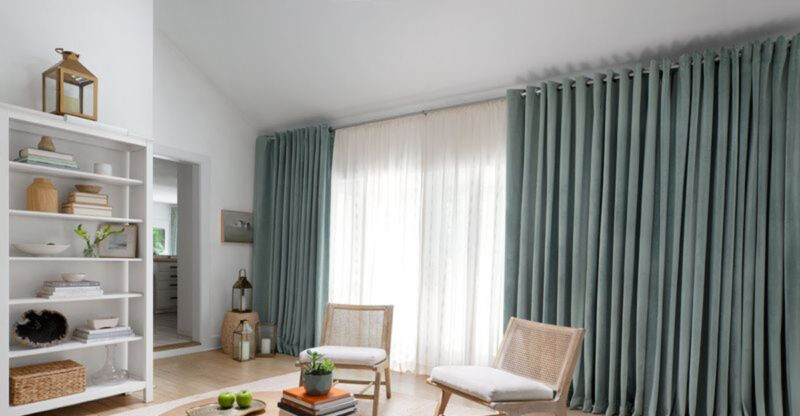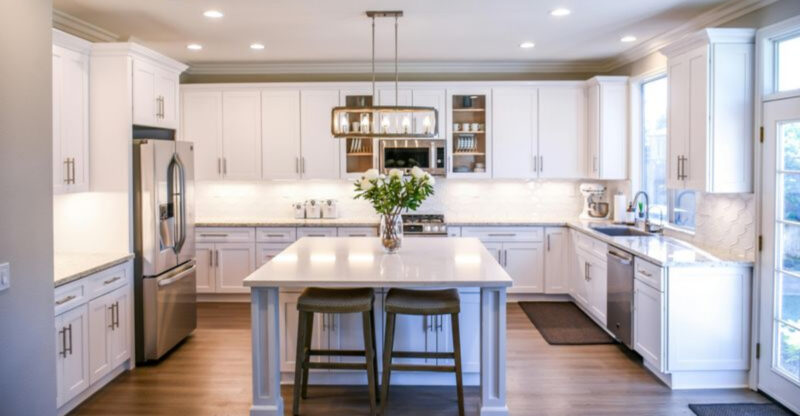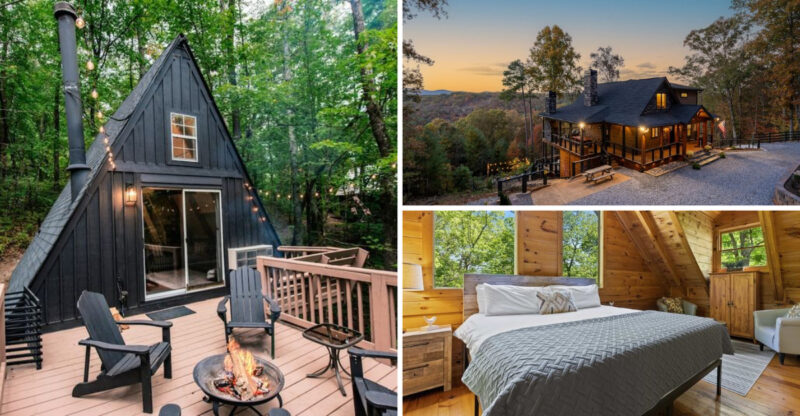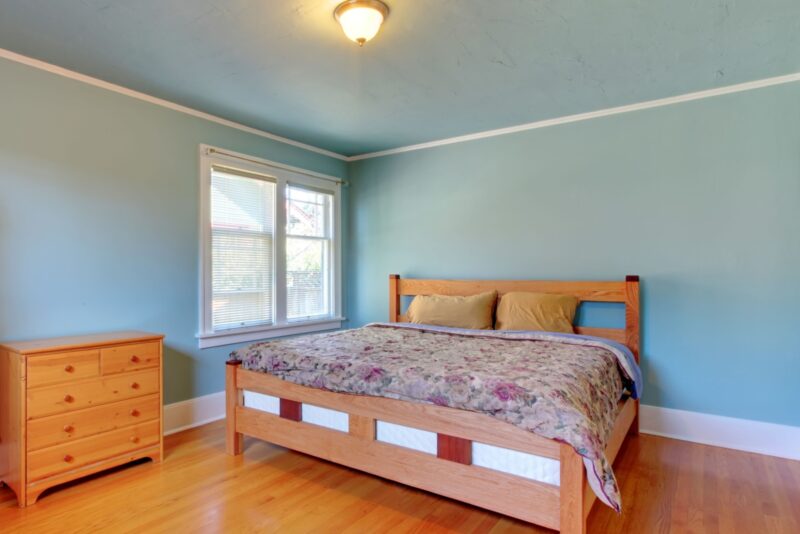10 Washington Home Styles Experts Say Could Lose Appeal By 2030
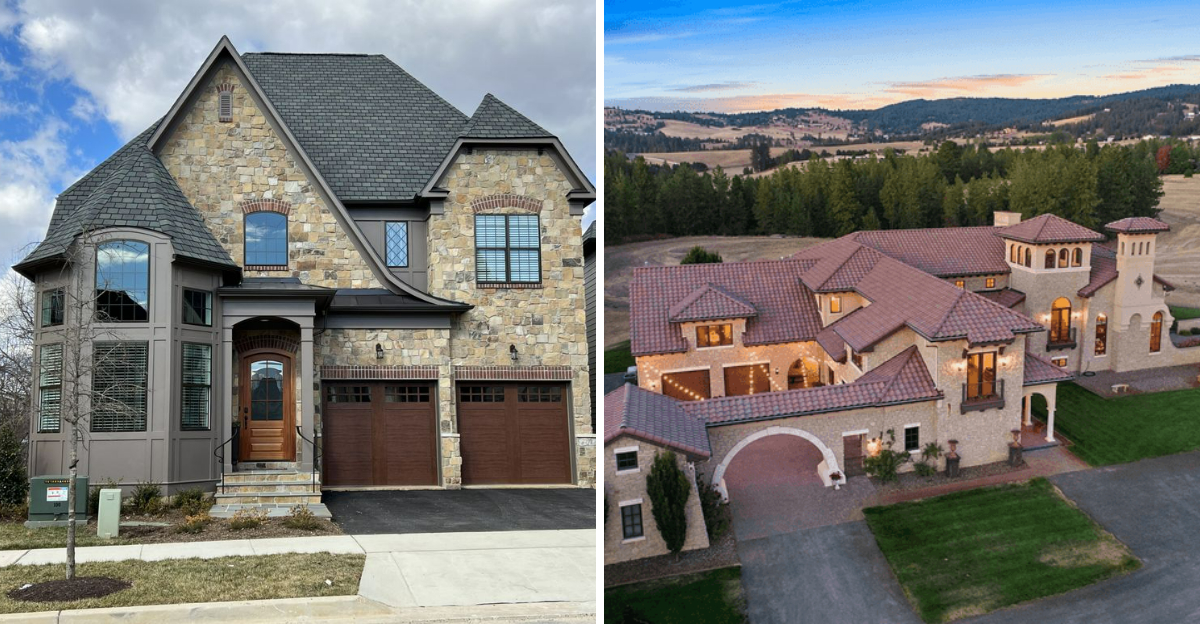
Washington State has always been a trendsetter when it comes to residential architecture and home design. From classic Craftsman bungalows to modern minimalist structures, the styles people love today might not hold the same charm in just a few years.
I want to show you which home styles experts believe could be falling out of favor as we approach 2030.
1. Gray-on-Gray Contemporary Homes
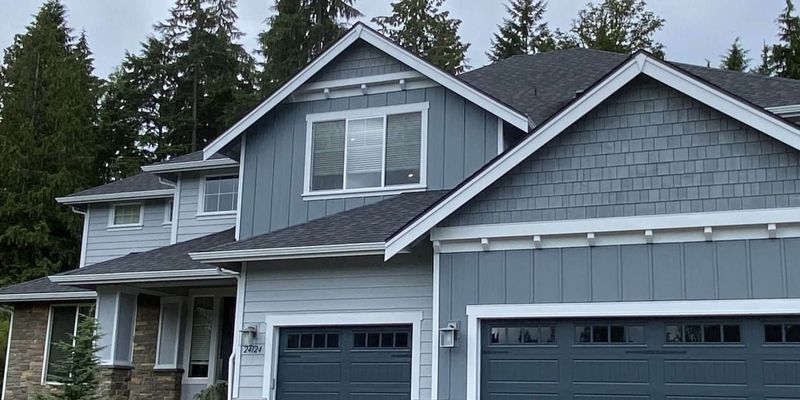
Monochrome gray exteriors dominated Washington neighborhoods for years, but that trend is shifting fast. Buyers now crave warmth and personality instead of the cold, industrial vibe these homes project.
Color is making a comeback in big ways. Experts predict homeowners will embrace earthy tones, warm whites, and even bold accent colors by 2030. The gray trend feels dated already, and I think you’ll see fewer buyers interested in these cookie-cutter looks moving forward.
2. Open-Concept Mega Spaces
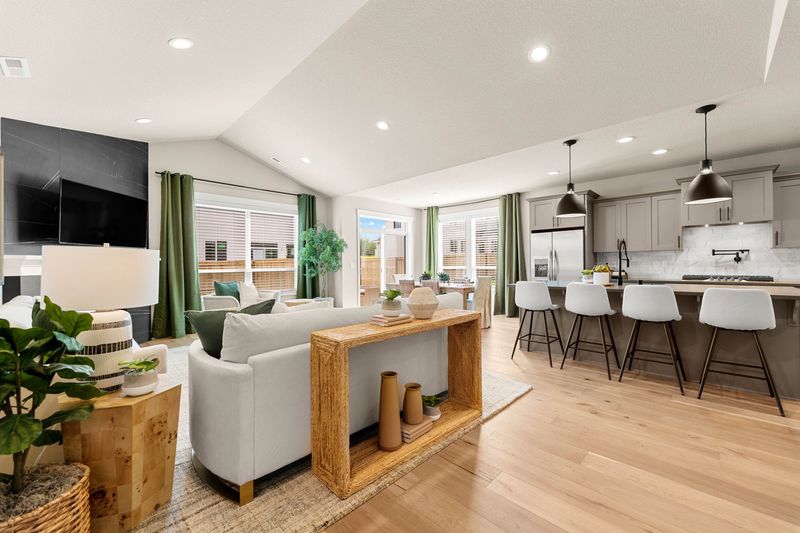
Knocking down every wall seemed like genius just a decade ago. Now families are realizing they actually need separate spaces for work, school, and relaxation.
Privacy matters more than ever after years of remote work and virtual learning. Defined rooms with doors are becoming essential rather than optional. I believe the era of cavernous open layouts is ending as people seek cozier, purpose-driven spaces that offer both connection and retreat within their homes.
3. McMansions with Excessive Square Footage
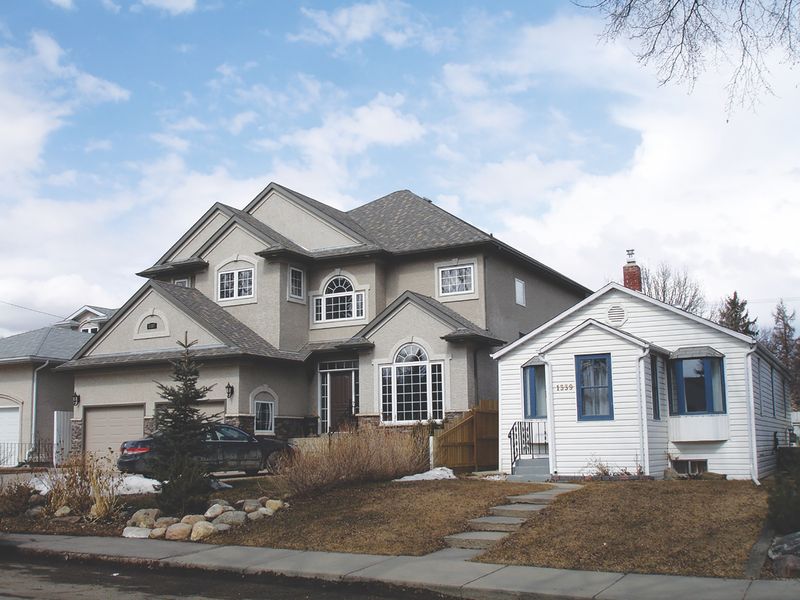
Bigger used to mean better, but that mentality is rapidly disappearing across Washington communities. These oversized homes with unnecessary rooms and sky-high utility bills are losing their appeal fast.
Sustainability and efficiency drive today’s housing preferences. Younger buyers especially want manageable spaces that don’t waste energy or require constant maintenance. I see a clear shift toward thoughtfully designed homes where every square foot serves a purpose rather than just inflating the price tag unnecessarily.
4. Tuscan-Inspired Villa Styles
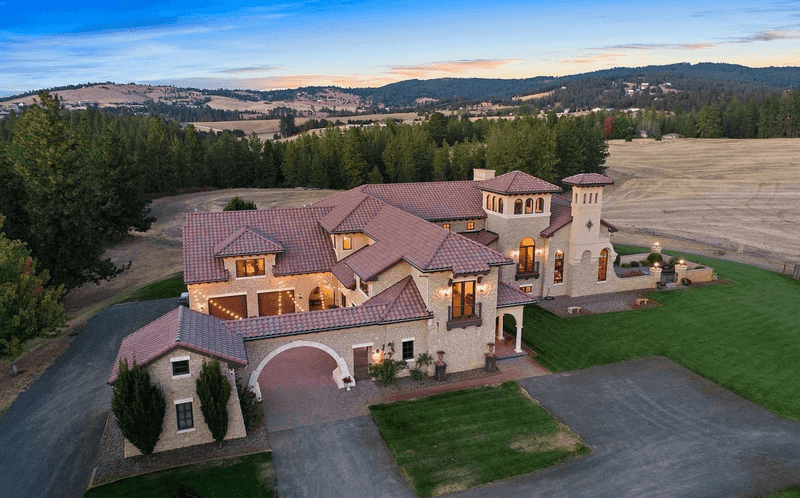
Mediterranean dreams looked charming in the early 2000s, but these Italian-inspired homes feel out of place in the Pacific Northwest. Arched doorways and terracotta roofs don’t match Washington’s natural landscape or climate.
Regional authenticity is becoming increasingly important to homebuyers. People want designs that honor local architecture and blend with surrounding environments. I think Tuscan villas will struggle to find buyers who appreciate their imported aesthetic when Northwest-inspired styles feel so much more genuine and appropriate here.
5. Stark White Minimalist Boxes
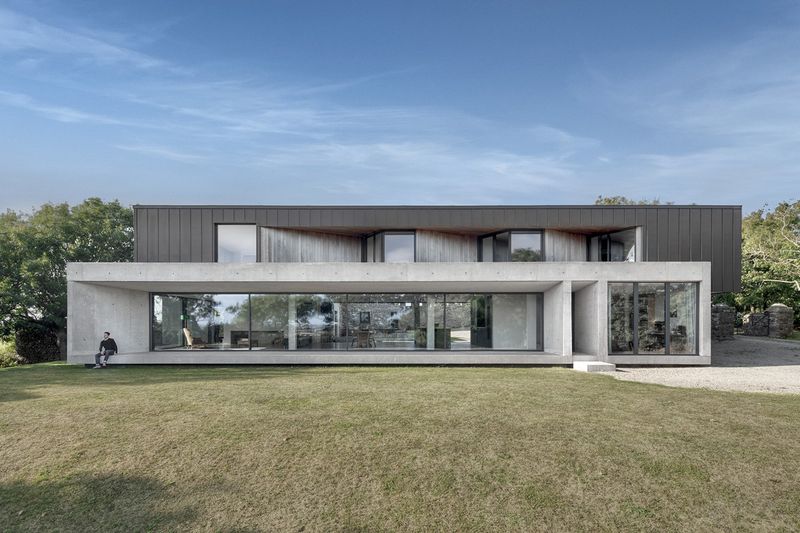
Sleek white cubes looked futuristic and sophisticated when they first appeared in Washington neighborhoods. But living in a space that feels like an art gallery isn’t practical for most families long-term.
Warmth and livability are replacing sterile aesthetics in home design preferences. These homes often feel cold and uninviting, especially during Washington’s gray winter months. I expect buyers will favor homes with character, texture, and inviting features over clinical white boxes that prioritize appearance over comfort and everyday functionality.
6. Faux Stone and Brick Facades
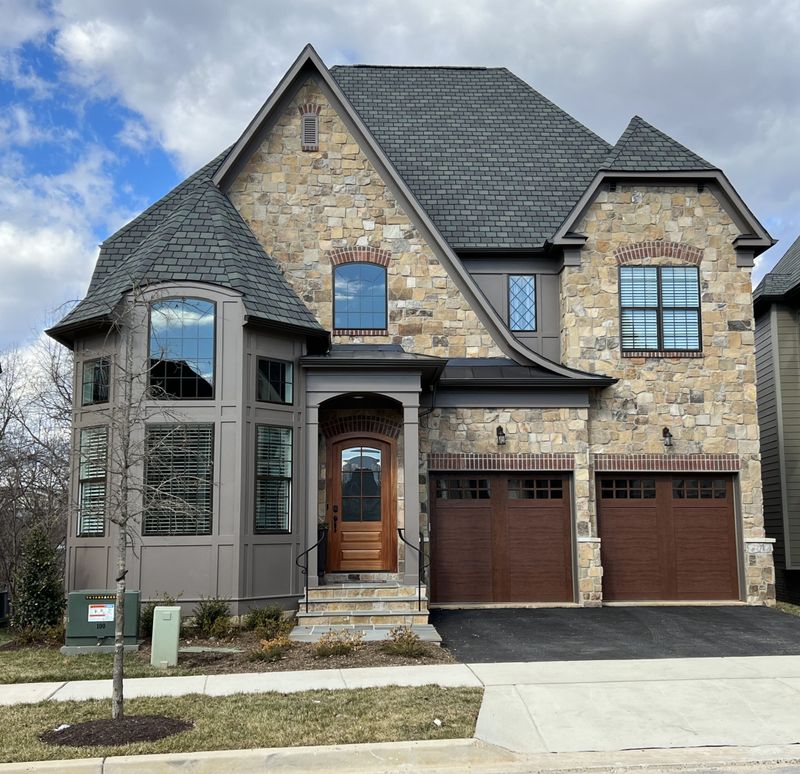
Synthetic materials that mimic real stone and brick fooled nobody, even when they were trendy. These facades age poorly and often look cheap compared to authentic materials.
Authenticity matters tremendously in today’s housing market. Buyers research construction quality and want genuine materials that last generations. I notice a growing preference for honest design that showcases real wood, actual brick, or natural stone rather than plastic imitations that crack, fade, and ultimately reveal their artificial nature over time.
7. Suburban Cookie-Cutter Tract Developments
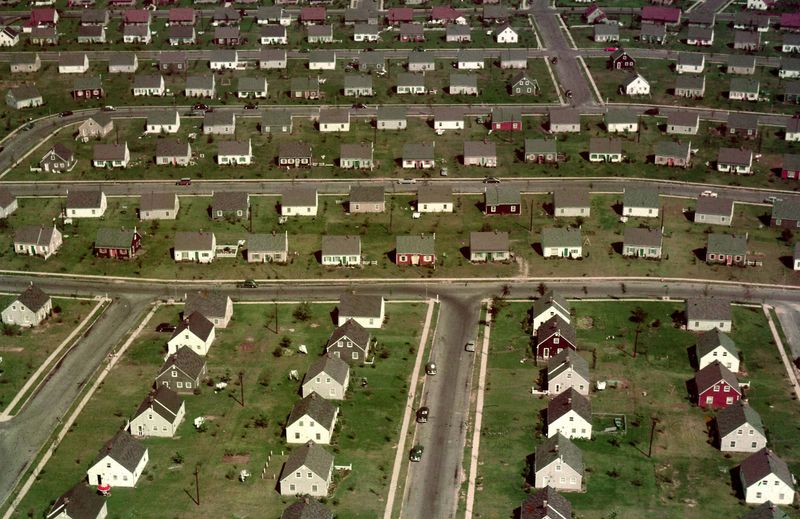
Identical homes lining identical streets create neighborhoods without personality or character. These mass-produced developments prioritized speed and profit over thoughtful design and community building.
Individuality and uniqueness are increasingly valuable to homebuyers today. People want homes that reflect their personality and stand out from their neighbors. I believe the appeal of these repetitive developments will continue declining as buyers seek distinctive properties with architectural interest and neighborhoods that feel authentic rather than manufactured and soulless.
8. Formal Living and Dining Room Combos
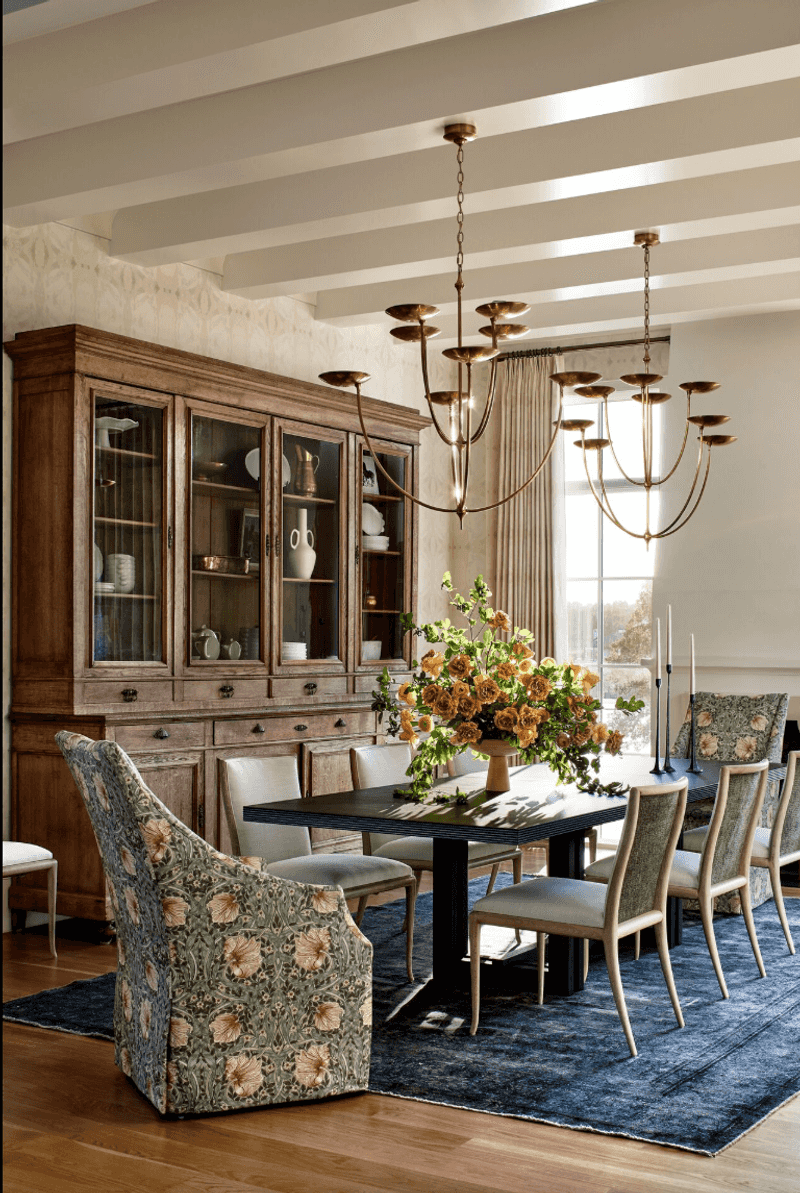
Reserved spaces that only get used during holidays feel wasteful in modern homes. These formal rooms sit empty most of the year while families crowd into smaller, more comfortable areas.
Flexible, multi-purpose spaces are what buyers actually need and want now. Home offices, playrooms, and casual gathering areas provide much more value than stuffy formal rooms. I see this trend accelerating as people realize they’d rather have functional spaces they use daily instead of showrooms that exist primarily to impress occasional guests.
9. Homes Without Energy-Efficient Features
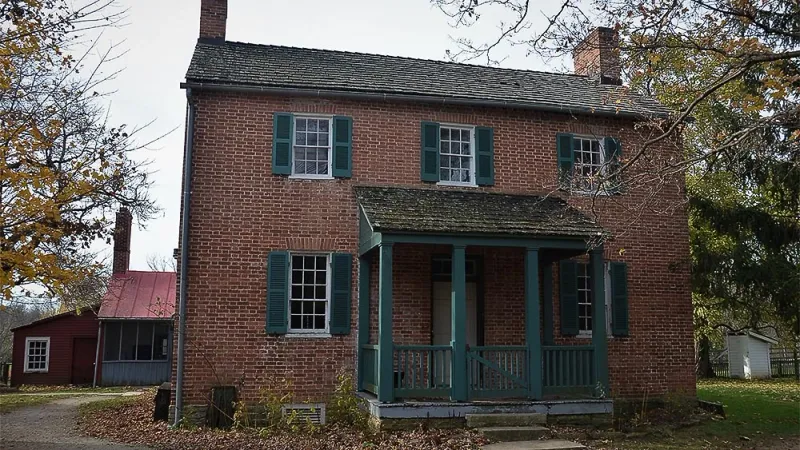
Skipping insulation, solar panels, and efficient windows made sense when energy was cheap. Those days are gone, and homes without green features are becoming financial burdens rather than assets.
Utility costs keep climbing while environmental awareness grows stronger. Buyers actively search for energy-efficient homes that reduce monthly expenses and environmental impact. I predict homes lacking these features will sit on the market longer and sell for less as competition from newer, greener properties makes them seem outdated and expensive to operate.
10. Oversized Garage-Dominated Front Facades
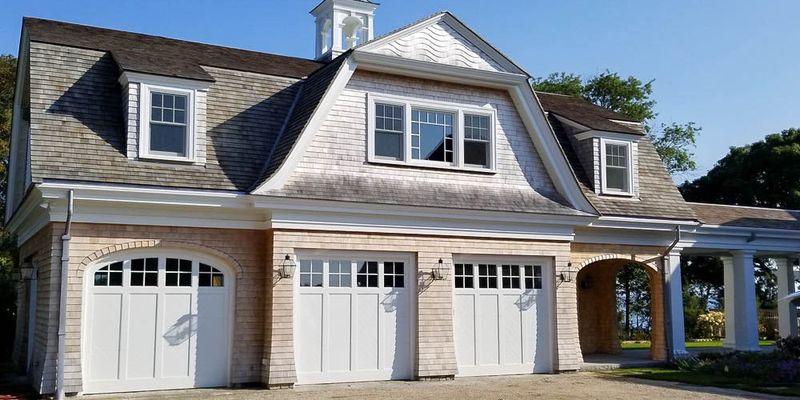
Garages that swallow entire front elevations create unwelcoming street presence. These homes prioritize car storage over curb appeal and neighborhood connection.
Walkability and community engagement are reshaping residential design preferences. Buyers want inviting front porches and attractive entryways rather than garage doors as the main architectural feature. I expect homes with garage-dominated facades will lose value as people seek properties that contribute positively to streetscapes and foster neighborly interaction instead of hiding residents behind mechanical doors.

